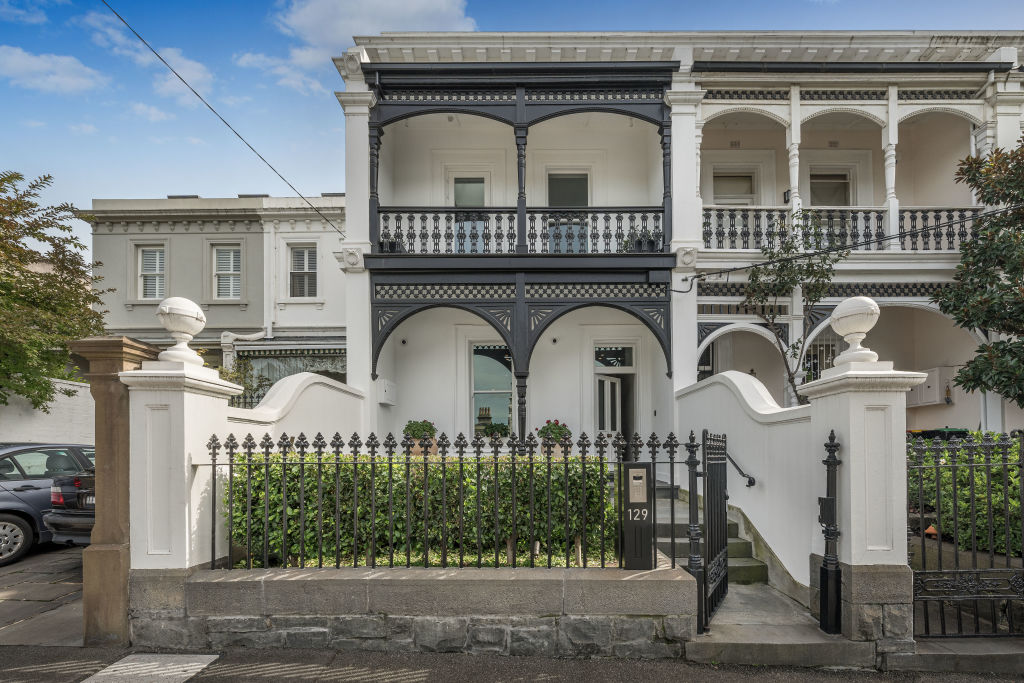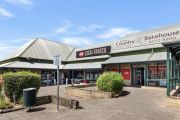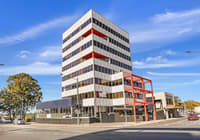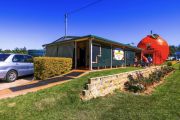
These deal makers have a five-point plan to fix Lendlease
David Di Pilla’s HMC Capital is calling on construction giant Lendlease to step up non-core asset sales and its simplification plans, in a bid to create value for long-suffering shareholders.
HMC Capital, sitting on a 4 per cent stake worth about $230 million, has sent a 15-page presentation to Lendlease’s board and management team and its own investor base, complete with what it thinks should be a new strategy and five-point plan to turnaround performance.
The Sydney-based funds manager, which has expanded from real estate into private equity-style investing in the past year, says it is about backing Lendlease’s board and management to work more quickly, rather than blowing up the joint.
“This is not a radical change from what [Lendlease CEO Tony Lombardo] is already doing,” Di Pilla says. “It’s just accelerating Lendlease’s transition to a more focused, capital efficient business. We want more urgency.”
That urgency should be put into selling non-core businesses, resetting targets, simplifying its geographic footprint, cutting costs to reflect the smaller business and considering options to reduce exposure to construction over time, Di Pilla says.
The former UBS banker, joined in the Lendlease endeavour by fellow UBS alumni and the Swiss bank’s previous co-head of real estate deals Victoria Hardie, frames it as a form of friendly shareholder activism.
You would have to think Lendlease’s board and management team would be at least a bit miffed – few companies appreciate investors telling them how to run their business, let alone doing it publicly via detailed presentations.
Indeed, Lendlease is already on high alert. It received a strike against its remuneration report a few years ago, and would realise some shareholders are peeved after years of poor returns. The company also had another shareholder, John Wylie’s Tanarra Capital, go public with its own nine-page pitch in April last year. The stock has traded down significantly since.
Hardie, a seasoned dealmaker who is now running one of HMC Capital’s funds, says the suggested non-core asset sales could be worth $2.6 billion and proceeds could be used to shore-up the company’s balance sheet.
The non-core assets Lendlease’s communities unit, which could be worth $1.2 billion, the remaining 25 per cent stake in its retirement living business ($428 million), the Ardor Gardens senior living business in China ($225 million), US military housing ($423 million) and its residual apartments and other non-core holdings ($365 million), on HMC Capital’s numbers. To be fair to Lendlease, it is already moving on most of those.
But is it really the right time and right market to be trying to sell a bunch of real estate assets?
“Look at our backgrounds, we know there are buyers for these assets, we’ve been in these markets ourselves for a long time,” Hardie says.
“It’s about making Lendlease a much more capital light business, a significantly more focused business and better able to command a stronger multiple to create value for shareholders.
“We want to see it back above $14.” Lendlease shares closed at $8.38 on Tuesday, valuing the company at 10.5-times forecast EBITDA, 14.4-times earnings per share and 0.8 times book value, according to S&P Global Markets Research data.
HMC Capital’s plan would see Lendlease left with a funds management and development-heavy business making about $584 million in normalised annual profit. The investor says it could be worth 13 to 17-times profit or as much as $11.4 billion.
Those sorts of numbers would be music to the ears of Lendlease shareholders, who have sat through a lost few decades. It remains to be seen whether they are realistic. The construction giant – what the property crowd would label an “iconic” company but undisputedly an important player in Australia’s economy – has been an investor in wasteland for decades.
As Australia’s big companies have grown bigger, Lendlease’s value has stayed much the same. In terms of total shareholder return, it has seriously underperformed the S&P/ASX200 and the listed property sector, and is the fifth-worst performer in the benchmark index in the past 30-years.
That share price performance is at odds with the growth in Lendlease’s underlying portfolio. Its developments are bigger, its funds under management larger and its pipeline of work fatter. Its footprint is global.

What’s missing is a similar-sized growth in profit. Diluted earnings per share peaked at $1.43 in the 2014 financial year, and it has been a one-way trip south since. Lendlease chairman Michael Ullmer recently told shareholders that the board was targeting 8 to 10 per cent core operating return on equity from the 2024 financial year, which is half what it was a decade ago.
Lendlease has been crying out for a turnaround job for years. It has tried numerous things – getting out of engineering, selling stakes in things like its retirement and military housing arms, and bringing in capital partners – but is yet to get improved earnings flowing to shareholders.
So, the private equity crew has turned up. They are backing Lendlease boss Tony Lombardo, who is nearly two years into the top job, to pull off the turnaround. But they want him to get cracking.
It’s HMC Capital’s second private equity-style stake in the past year or so. The first was ASX-listed pharmaceuticals wholesaler and distributor Sigma Healthcare, which kicked off the HMC Capital Partner Fund 1 and its stakes in public and private companies strategy. Sigma shares are up since, thanks mostly to a new Chemist Warehouse contract awarded in June.
HMC Capital said it had acquired its 4 per cent Lendlease stake below net tangible asset backing. It said the stock was trading at a 2 per cent discount to NTA, well below its historical average of a 98 per cent premium.











